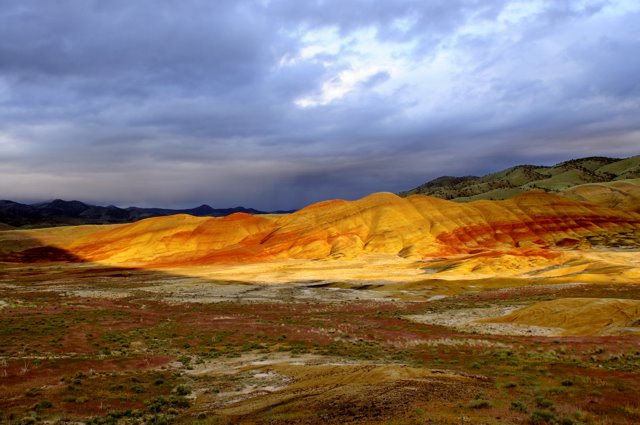Aperture Priority is usually designated by the letter "A" on the mode dial of your camera. For camera's without a mode dial it will be a menu option if the camera allows you control over this mode. Refer to your camera's manual to find out if your camera allows this. Knowing how to use your camera includes understanding how to use aperture to your advantage.
So what is aperture? Aperture refers to the size of the opening in your lens at the time your shutter activates. It works a lot like the pupil in your eye. In bright light your pupil lets less light into your eye by contracting to a smaller size. In darkness, your pupil opens up to allow more light to enter. In a camera lens, aperture is controlled by a series of overlapping blades that can be adjusted to various precise opening sizes. It is referred to as "f/stop." Most cameras will allow you to make adjustments to aperture in both 1/3 or 1/2 stops. I use the 1/3 stop option as it gives me more control.
Because the actual opening size is calculated as a ratio, you need to know that smaller numbers refer to larger opening sizes while larger numbers refer to smaller opening sizes. So an opening size of f/2.8 is actually larger than an opening size of f/36. This can be confusing if you let it or think about it too much. Don't do that. Rather, you should think about it by how it affects your photography.
Aperture affects photography in two ways, it lets in more or less light depending on the opening size, and it controls depth of field. You can also use aperture to control shutter speed. Smaller apertures require longer shutter speeds to obtain proper exposure while larger apertures will allow shorter shutter speeds.
Depth of field is probably the most important thing controlled by aperture. When you want to get that landscape scene with everything in focus, or you when you want only the bug on a flower in focus, you need to control depth of field. The easy way to understand how it works is to learn that smaller f/stop numbers like f/2.8 give shallow depth of fields, while larger numbers give deeper depth of fields. So if you want to take landscapes with deep depth of fields it is best to use smaller apertures, the ones with the larger numbers. An Aperture of f/11 to f/36 will give deep depth of fields.
There is much much more that can be written about this and I will continue discussing aperture and depth of field in other posts so keep coming back. For now though, as you continue to learn how to use your camera, you should read your manual to see what level of control you have, then go out and take pictures. Use aperture to control depth of field, and then use it to control shutter speed and note the effect it has on your images. Good luck and have fun.
Please send comments if this article was helpful to you or if you would like information about other topics.
I have created a great little book store called "How To Use Your Camera" where you can buy photography books online. Just click the link to see what is available.
You can also visit my own photography website at Dwains Picks to see some of my work.
Thanks for visiting and I hope you will check this site often.

No comments:
Post a Comment